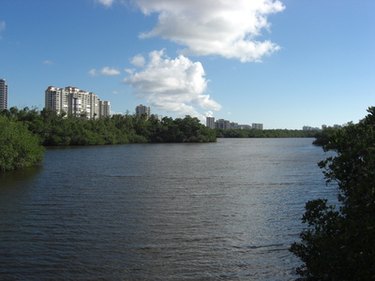
With subtropical, warm, rainy temperatures, Florida is a prime place for vegetable gardening year-round. Since most vegetables can thrive in the Sunshine State, narrow your choices by selecting the easiest vegetables to grow through spring, summer, fall and winter. Consider your specific Florida region when planting vegetables, as weather varies from the northern panhandle to the southern tip.
Spring
Video of the Day
From February to May, cool-weather crops will grow in most areas of Florida, specifically the south. The easiest crops to grow in spring in the Sunshine State are lettuce, turnips, potatoes, tomatoes, carrots, collards, okra, beets, sweet corn, squash, green tea, zucchini and cucumbers. Watering needs for the vegetables will vary depending on the variety, but spring is drier than Florida's rainy summers, so you may need to water more to keep the plant soil moist.
Video of the Day
Summer
Summer is probably the best season to grow vegetables in northern Florida, particularly because May launches the state's rainy season. Vegetables that love humidity, such as peppers, herbs and romaine lettuce, are the easiest to grow. In southern Florida, choose vegetables that also prefer heat. From May to September, easy vegetables to grow include squash, onion, pumpkin, eggplant, celery, broccoli and brussels sprouts. Watering needs depend on the vegetable variety, but it is a good idea to plant vegetables that prefer a rainy environment, since the summer season has the most rain.
Fall and Winter
With cooler temperatures and not much rain, the fall may be the easiest time to grow vegetables in a Florida backyard. You may need to water more during fall and winter, however, as these seasons are drier than spring and summer. From October to November, plant beans, Swiss chard, beets, kale, leeks, parsnips, cauliflower, garlic and endive. In December, you can plant large onions, potatoes, English peas, cabbage, broccoli, herbs and carrots. Consider your specific region, since northern freezing temperatures in months like December and January can kill many vegetables.